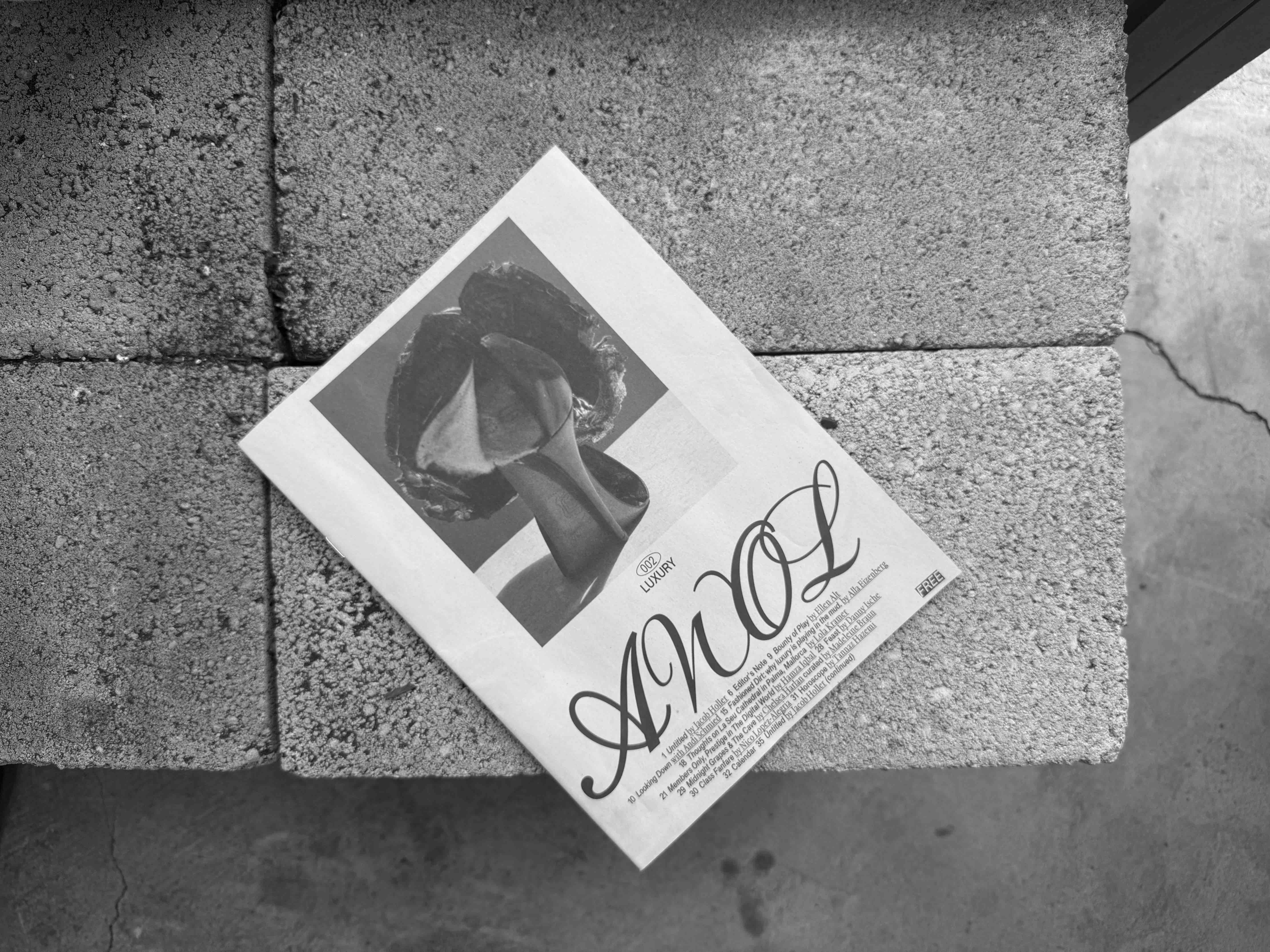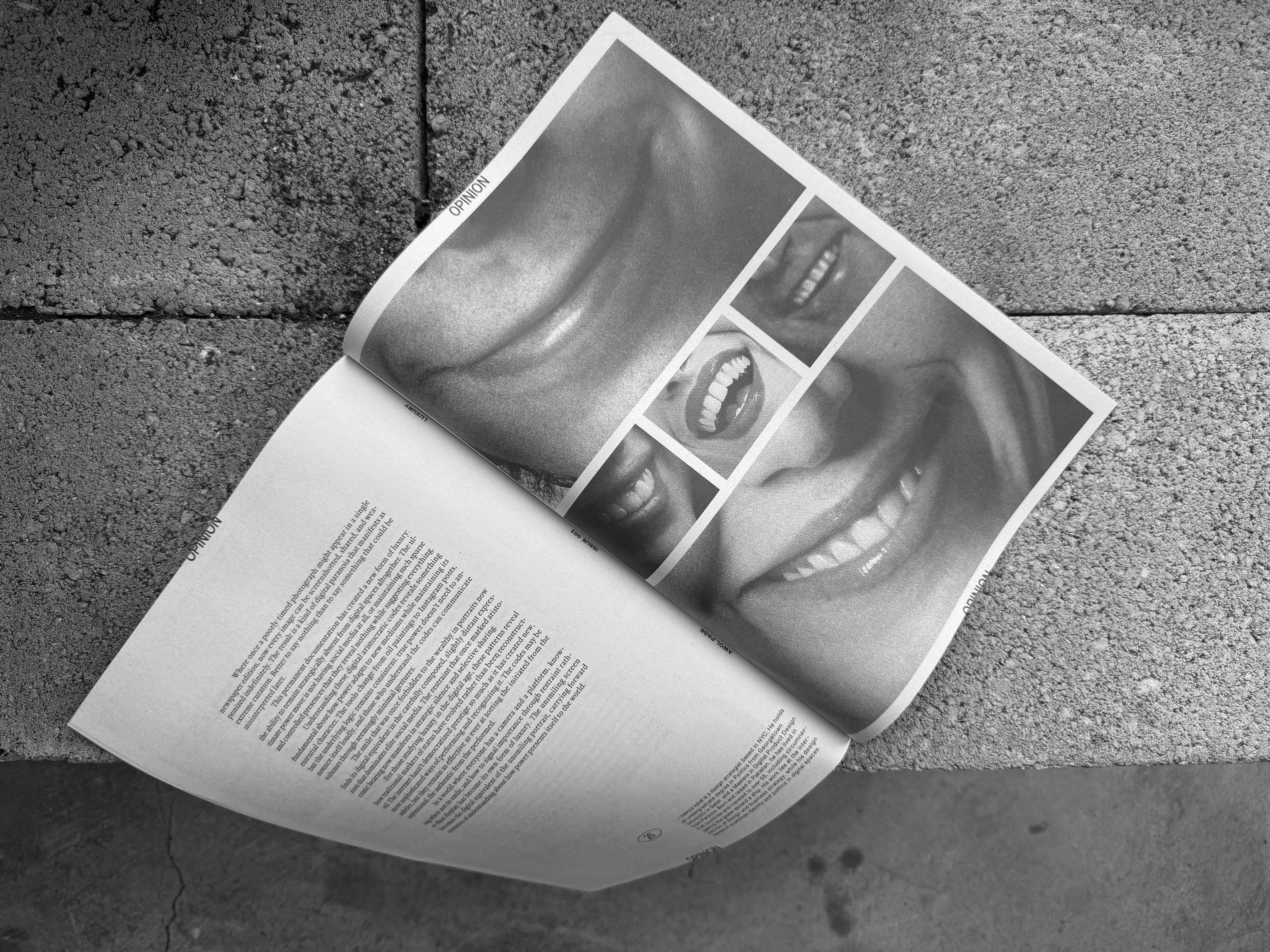

For most of human history, self-presentation was the exclusive domain of the ultra-wealthy, those who possessed individual power, state authority, or religious influence sufficient to broadcast themselves to an audience. Monarchs commissioned portraits, religious leaders addressed congregations, industrialists funded newspapers that carried their images and words. The vast majority of commoners lived and died without ever considering how they appeared to strangers, without crafting a public persona, without imagining themselves as worthy of an audience's attention.
The context we live in has fundamentally shifted: every person with a smartphone can broadcast themselves globally, can curate and craft their image, can imagine and reimagine who they are in the public eye. What was once the privilege of emperors and industrialists is now the daily reality of ordinary people. This democratization of self-presentation has enabled the masses to access tools of image-making that were previously reserved for those who commanded genuine power.
Yet while new media has democratized access to publishing, it has simultaneously given rise to complicated new hierarchies. The ability for anyone to present themselves has not flattened social structures, but has made them more complex, more competitive, and more performative. When everyone has a platform, the competition for attention, credibility, and status intensifies. What emerges is not equality, but a new form of hierarchical self-presentation, where individuals compete to signal their position through increasingly sophisticated codes of behavior and display.
Crucially, the predominant norms that have been adopted are the self-presentation traditions of the elite, those who were the original architects of public persona. Rather than inventing entirely new forms of digital expression, the masses have largely embraced the behavioral codes developed by those who historically commanded audiences. The wealthy and powerful spent centuries perfecting the art of strategic self-revelation and calculated restraint, and these templates now shape how ordinary people navigate their online presence.
How do users want to be seen? What do they choose to share? How do they want to be perceived by people within their current circles versus those beyond? These questions have become even more pressing today, when most interactions for urban dwellers around the world happen online. We spend more time acquainting ourselves with strangers digitally and keeping up with old friends through screens than through face-to-face encounters. Digital self-presentation has become not just a luxury or curiosity, but a necessity of modern social life that we can not escape from.
Continue reading...
Pick up a free print copy between October and December 2025 at: Aeon Bookstore, Ants Coffee, Atelier Mira, Bungee Space, CASA Magazines, Codex, Colbo, Daswood Books, Davelle, Dimes Deli, Galerie Timonier, Greenlight Bookstore, Head Hi, High Valley Books, Hudson Wilder, IRL Gallery, La Cantine, Maison Jar, Mercer Street Books & Records, Million Goods, Molasses Books, Nomia, Oslo Coffee Roasters, Powerhouse Arena, PRATT Institute (Library), Printed Matter Inc, Razor-N-Tape, Red Coffee Stand, Rhythm Zero (Grenpoint), Rhythm Zero (West Village), Round K by, Secret Riso Club, Spoonbill Book, Still Here (Madison), Still Here (Nolita), Storm Books & Candy, Tangerine, The Somerset House, TUMBAO, Win Son Bakery and more.



